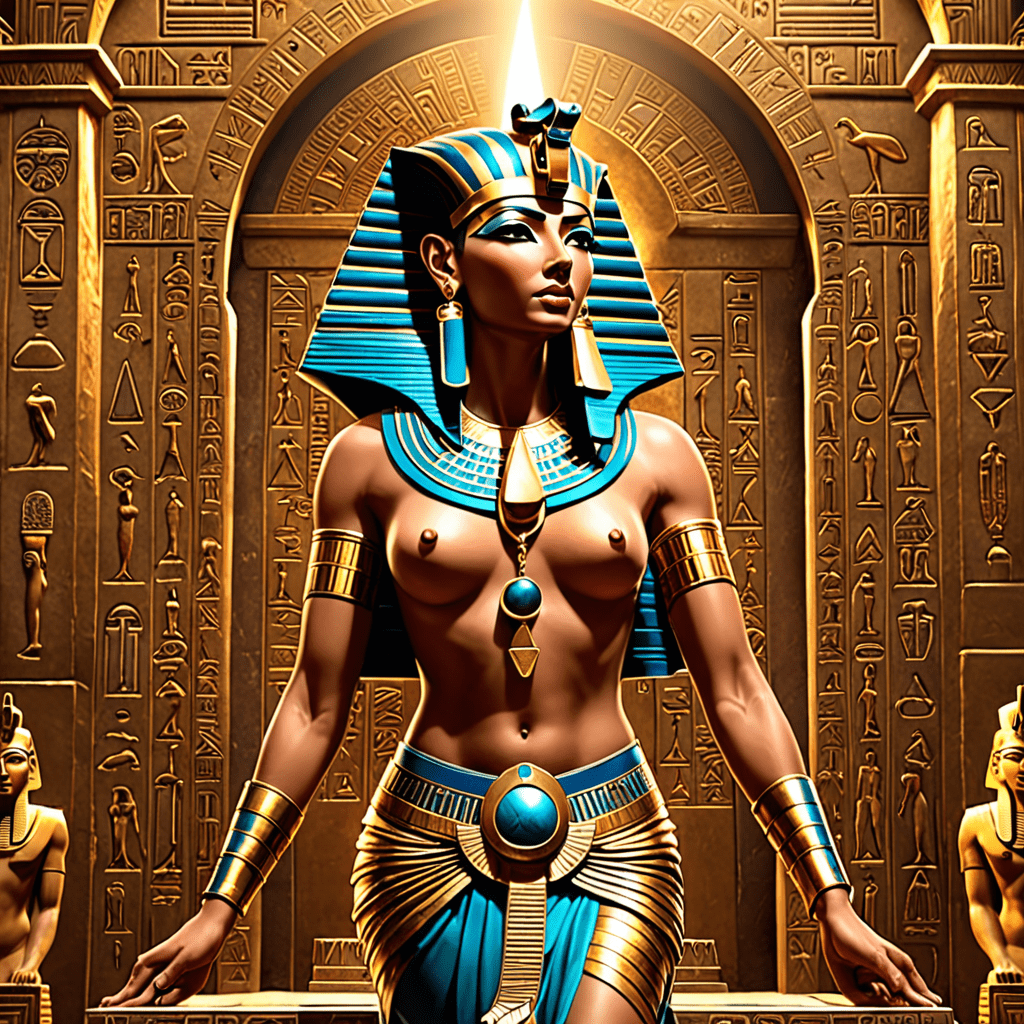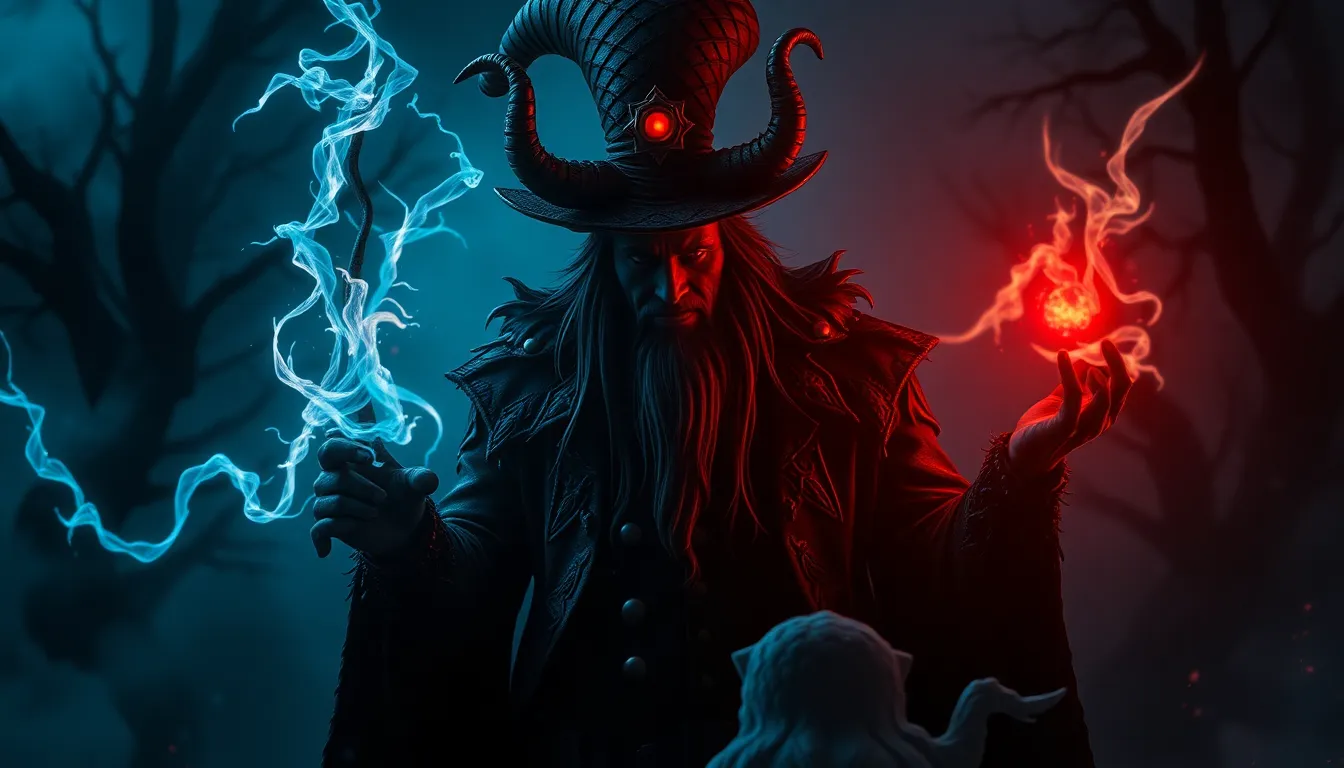The Intriguing Symbols of Egyptian Mythology
The ancient civilization of Egypt is known for its rich mythological beliefs and fascinating symbols that hold deep cultural significance. Let’s delve into some of the most sacred symbols in Egyptian mythology that have captured the interest of historians, archaeologists, and enthusiasts alike.
The Ankh: Symbol of Life and Immortality
One of the most iconic symbols in Egyptian culture, the Ankh represents life and immortality. Shaped like a cross with a looped top, it is often depicted in the hands of deities as a symbol of their ability to grant life and protect the living. The Ankh is believed to hold the key to eternal life and is prominently featured in tombs and temples to ensure the preservation of the soul in the afterlife.
The Eye of Horus: Symbol of Protection and Healing
The Eye of Horus, also known as the Wedjat eye, is a powerful symbol representing protection, royal power, and good health. It is associated with the ancient Egyptian god Horus, who was revered for his wisdom and role as a sky deity. The symbol is often used to ward off evil spirits, promote healing, and bring divine blessings to those who invoke its sacred presence.
The Scarab Beetle: Symbol of Transformation and Rebirth
The Scarab Beetle holds a significant place in Egyptian mythology as a symbol of transformation, regeneration, and rebirth. This revered insect was linked to the sun god Ra and the concept of emergence from the dark underworld into the light of a new life. Ancient Egyptians believed that wearing or carrying an amulet in the shape of a scarab would bring them protection, abundance, and a harmonious journey into the afterlife.
The Djed Pillar: Symbol of Stability and Strength
Representing stability, endurance, and strength, the Djed pillar was a sacred symbol associated with the god Osiris, the ruler of the underworld and the cycle of life and death. Often depicted as a pillar with crossbars on top, the Djed symbolized the eternal stability of the divine forces that governed the universe. It was commonly used in rituals and ceremonies to invoke the blessings of Osiris and ensure the resilience and continuity of the Egyptian kingdom.
FAQ about Sacred Symbols in Egyptian Mythology
What are sacred symbols in Egyptian mythology?
In Egyptian mythology, sacred symbols are objects or images that hold significant religious or spiritual meanings. These symbols were used to convey important concepts, beliefs, and values in ancient Egyptian culture.
What are some common sacred symbols in Egyptian mythology?
Common sacred symbols in Egyptian mythology include the Ankh (symbol of life), the Eye of Horus (symbol of protection and good health), the Scarab beetle (symbol of rebirth and regeneration), the Djed pillar (symbol of stability), and the Ba bird (symbol of the soul).
How were sacred symbols in Egyptian mythology used?
Sacred symbols were used in various aspects of Egyptian life, such as religious rituals, burial practices, and art. They were believed to have protective, guiding, and magical properties, and were often depicted in temples, tombs, and amulets to invoke their powers.
Why are sacred symbols in Egyptian mythology significant?
Sacred symbols played a crucial role in Egyptian mythology as they represented the beliefs and values of the ancient Egyptian civilization. They provided insights into their religious practices, worldviews, and connections to the divine realm.



